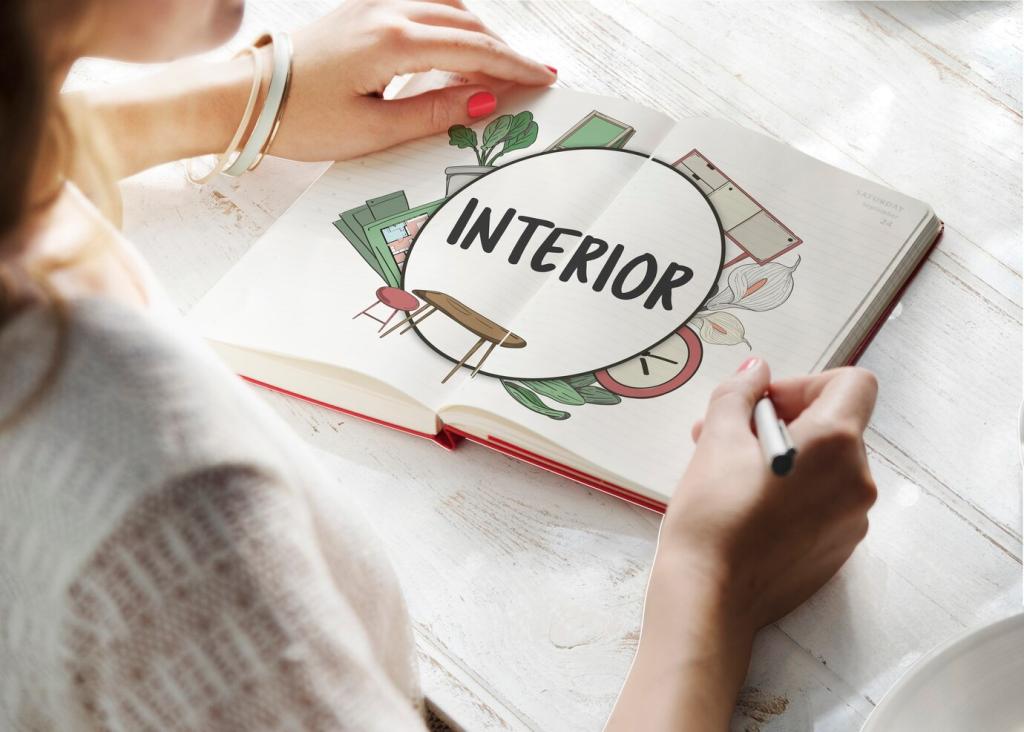Why Storytelling Amplifies Design
Stories organize messy information, letting audiences remember the why behind a design rather than just the what. When we frame artifacts as journeys, people track stakes, outcomes, and meaning, not only pixels or features.
Why Storytelling Amplifies Design
Effective storytelling translates attributes into lived benefits—speed becomes saved time, clarity becomes confidence, and accessibility becomes dignity. Tell the emotional impact, and your design earns a place in someone’s daily life.
Why Storytelling Amplifies Design
Narratives shape expectations. When you promise outcomes responsibly and depict people respectfully, your story supports informed choices. Invite feedback and credit users as collaborators, strengthening trust in both process and product.
Why Storytelling Amplifies Design
Lorem ipsum dolor sit amet, consectetur adipiscing elit. Ut elit tellus, luctus nec ullamcorper mattis, pulvinar dapibus leo.






